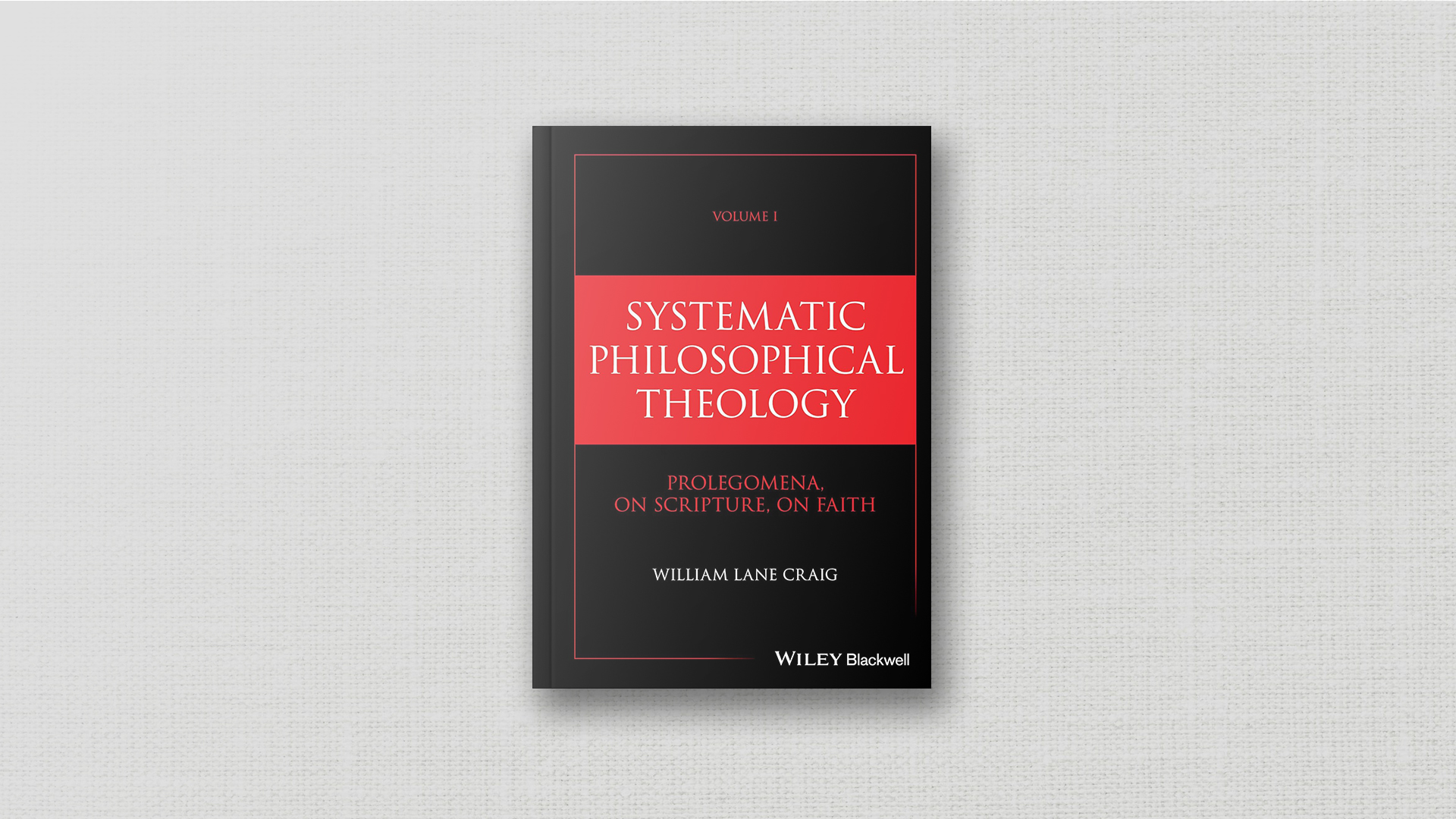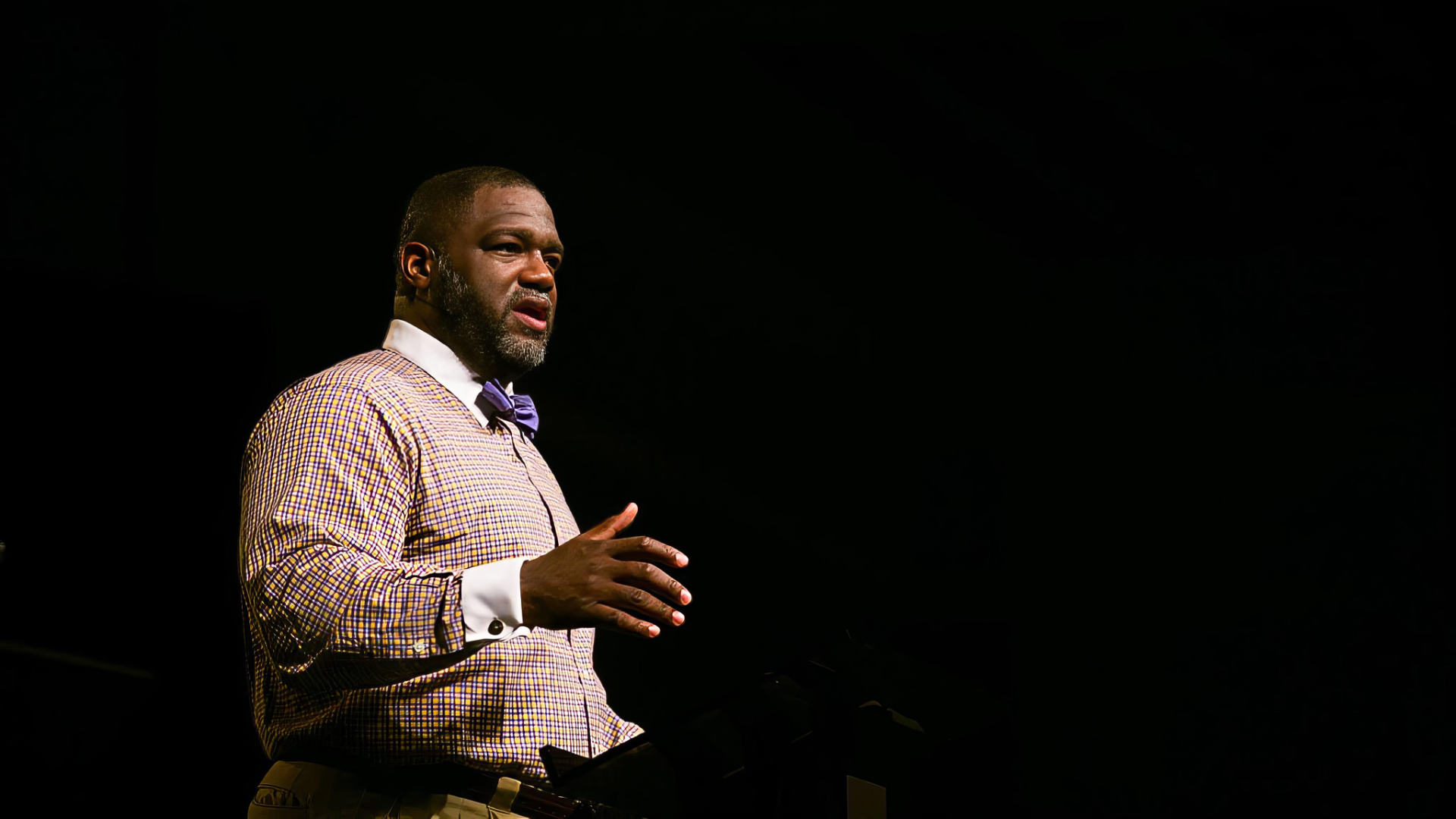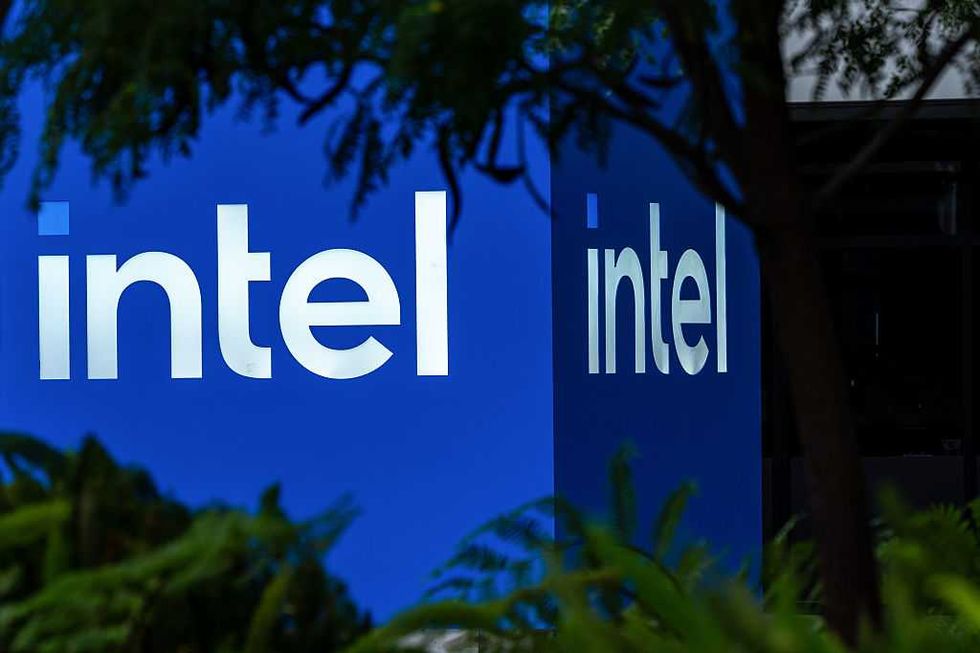
www.thegospelcoalition.org
Why Philosophical Theology Still Needs the Creeds
I’ve been asked several times what I think about Christianity’s perceived decline in the West. One of my frequent responses is to ask the questioners if they’re aware of the renaissance in Christian philosophy. In fact, Christianity is in a better place than ever before in the discipline of philosophy.
In Systematic Philosophical Theology, Volume 1: Prolegomena, On Scripture, On Faith, the first of a planned five-volume series, William Lane Craig begins by charting the rise of Christian philosophy. That rise has made it an “opportune time” to write a major work like this one (2).
The book’s opening section is riveting. It reminded me of my undergraduate years at Biola University as a philosophy and biblical studies double major. My professors took me through the same tour that Craig—emeritus research professor of philosophy at Talbot School of Theology—takes readers on here: the fall of logical positivism, the demise of the claim that philosophy and Christian faith are incompatible, the flourishing of Christian philosophy of religion since the 1960s (not least due to the influence of Alvin Plantinga), and the burgeoning interest in analytic theology since the 2000s.
Because of these developments, Christians are now free to do philosophy as Christians, for “along with the alleged meaninglessness of religious language, the so-called presumption of atheism, according to which atheism is a sort of default position, which so dominated mid-twentieth century philosophy of religion, is now a relic of the past” (13). Craig is a major contributor to this rise of Christian philosophy and apologetics. These sophisticated volumes will, in my judgment, prove influential in the long run as representing a contemporary evangelical and Molinist treatment of the major topics in Christian theology.
Philosophical Theology
This is a work of systematic philosophical theology because it focuses on the “philosophical problems occasioned by Christian doctrine” (xiii). In this respect, in Craig’s view, it’s “difficult to discern any difference in principle between the Christian philosopher of religion and the Christian systematic theologian. Apart from apologetics, they handle the same subject matter and do so with the same basic sources of knowledge” (58).
The structure he follows for the volumes is in keeping with a Christian order of knowing, “beginning, not with God as the source of all reality other than himself, but with Scripture as providing us the normative content of the Christian religion and the basis for our philosophical reflection upon the content of revelation” (75).
Because this work focuses on the philosophy that issues from Christian theology, Craig draws significantly from the current work of Christian philosophers, which, in his mind, “have not only advanced far beyond the figures of the past but have in many respects profited from and corrected their mistakes” (xvi). This, as we shall see, leads Craig to dismiss doctrines that many in the Christian tradition hold dear, such as divine simplicity and the concurrence between divine and human action.
Though he emphasizes philosophy, Craig takes Herman Bavinck and Wolfhart Pannenberg, two “representative tokens of systematic theologians,” as interlocutors throughout the volumes. The former because he is, in Craig’s mind (rightly), a “contemporary representative of the tradition of Protestant scholasticism,” and the latter because he’s a “most rational” (and “rationalistic”) of contemporary theologians (xvii).
Considering Systematics
Craig rightly argues that many contemporary systematic theologians ignore ongoing discussions in analytic philosophy or the philosophy of religion, which are a treasure trove of resources for theological work. This book helps correct that error by engaging with many of the latest sources in the philosophy of religion, analytic philosophy, and analytic theology.
At the same time, Craig commits the opposite error by neglecting most contemporary works in systematic and historical theology because, to his mind, they don’t sufficiently take into account the philosophical issues or literature that arise from or address Christian doctrine. To be fair, Craig acknowledges this gap in the preface, writing, “I am not greatly acquainted with the works of systematic theology. This is embarrassing and represents a shortcoming on my part” (xvii).
However, he qualifies this confession by noting, “To the extent that I am familiar with the works of systematic theologians, I have not found them particularly profitable when it comes to philosophical theology, the focus of this work. This reduces the necessity of and motivation for interacting with them” (xvii).
Still, Craig’s work is an invaluable contribution to the discussions in analytic philosophy of religion or theology. He’s exemplary in his engagement with Richard Swinburne’s critiques of inerrancy, his advancement of Plantinga’s epistemology concerning the properly basic character of Christian belief, and his treatment of Jesus’s views of Scripture.
Craig’s work is an invaluable contribution to the discussions in analytic philosophy of religion or theology.
However, the limited engagement with contemporary discussions in systematic and historical theology is a notable weakness. Even if these works don’t focus directly on philosophical theology, what they say shows the logic of a rule of faith passed down from generation to generation.
Dated Research
Craig’s lack of engagement with contemporary systematic theological sources is evident, for example, in his discussion of the doctrine of inspiration. In this section, reworked from an article he published in 1999, Craig acknowledges that the doctrine brings into view questions concerning the relationship between divine providence and human freedom. Yet he relies on a 1980s debate between Randall and David Basinger, on the one hand, and Don Carson and Norman Geisler, on the other.
The Basingers argued divine inspiration is impossible without eliminating human freedom, because God couldn’t make it so that humans would always freely do what God wills them to do. Their critics, like Carson, argued inspiration was possible on compatibilist grounds. Craig ultimately argues for a Molinist account of divine inspiration, according to which God chose the possible world in which the Bible authors would freely write what God wanted them to write. He argues that Carson’s compatibilism leads merely to a “deterministic doctrine of providence which turns the authors of Scripture into robots” (131).
Compatibilist freedom is no freedom at all, Craig argues. This is in line with his critique of John Calvin just a few pages earlier, where Craig argues that Calvin’s account of providence leads to a “mechanical dictation” model of inspiration, “for man has been reduced to the level of a machine” (129).
Craig is unfairly reading alien philosophical categories into Calvin rather than taking him on his own terms. For, in Calvin’s mind, meticulous divine providence doesn’t render humans mere machines. As Craig continues, “Absent libertarian human freedom, we are not only back to mechanical dictation, but also to mere accommodation as the ultimate account of the humanity of Scripture, since God is the only agent who determines what an author shall write. Genuine confluence, then, requires libertarian human freedom, such that there are at least two authors of any book of Scripture” (129).
It’s precisely at these junctures that engaging current discussions on Reformed thought and freedom would have been helpful. Several contemporary systematic theologians (e.g., John Webster, Kathryn Tanner, and Ian McFarland) show that libertarianism is a highly controversial account of human freedom, to say the least. It fails to serve as the axiom that Craig seems to assume.
Craig could also have engaged Bavinck’s own discussion of concurrence. There, Bavinck, like several contemporary Reformed authors, echoes a long line of traditional thinking on divine and human action. There’s no competition between them, because God isn’t merely another spatiotemporal agent acting on other spatiotemporal creatures. Because God’s causation is an entirely distinct ontological order, it doesn’t compete with but rather establishes creaturely freedom and responsibility.
On Mystery and Against Simplicity
In this respect, Craig at times displays impatience with the older tradition simply because their arguments don’t fit his predefined philosophical categories. For instance, Craig argues that the appeal to mystery is often “an excuse for superficiality,” which leads him to then follow Plantinga’s rejection of divine simplicity (xiv).
God’s causation doesn’t compete with but rather establishes creaturely freedom and responsibility.
Plantinga famously argued that if God is identical to his attributes of, say, wisdom, goodness, and power, and those attributes are properties, then God is a property. But, he argued, God isn’t a property, ergo, divine simplicity is false.
Despite responses showing that the medieval (or Reformed) scholastics didn’t consider these attributes of God as properties, Craig retorts, “If the medieval metaphysicians denied that these are properties, so much the worse for medieval metaphysicians! For these are, in fact, properties” (xv). I was baffled by this wave of the hand. I suspect many theologians would share my bafflement, for the doctrine of divine simplicity isn’t only a matter of catholic consensus; it also indicates how God is distinct from all creatures (Ex. 3:14; 15:11).
Craig is correct that contemporary philosophy has a lot to offer systematic theologians. I’m encouraged by many, like William Wood, Timothy Pawl, and James Arcadi, who are working in analytic philosophy while taking older theologians seriously. I suspect that in some ways, many contemporary theologians are still playing catch-up to the medieval and Reformed scholastics that Craig at times consults but often dismisses. There’s depth in the work of Francis Turretin or Augustine that’s often masked by the patina of age. Nevertheless, Craig’s Systematic Philosophical Theology is worth reading for Christians interested in the rise of analytic philosophical theology.

















